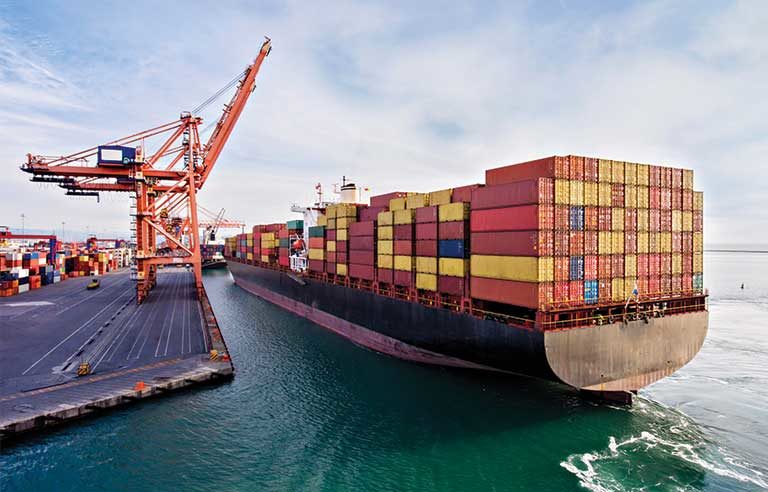Maritime classification group calls for improved injury-reporting standards

Houston — The American Bureau of Shipping – a maritime and offshore facility classification organization – along with researchers from Lamar University and insurance group the American Club is calling on the maritime industry to adopt more comprehensive standards for injury and near-miss reporting after a recent analysis of industrywide data.
The researchers looked at more than 12,000 injury records and around 100,000 near-miss reports from two data sets: the ABS and Lamar Mariner Safety Research Initiative as well as 2013-2017 data from the American Club – also known as the American Steamship Owners Mutual Protection and Indemnity Association.
Data from the American Club showed that slips and falls (34%), lifting events (28%) and struck by/falling objects (19%) were the most frequently reported injuries. Similarly, the ABS/Lamar data revealed that struck by/falling objects (37%), slips and falls (29%), and lifting events (13%) were the leading injury causes – “surprisingly similar given that each data set has a wide variety of vessel types,” the study authors noted.
Slips and falls made up the highest percentage of claims costs (32%), followed by struck by/falling objects (23%), according to the American Club data. The most costly injury by event was burns/explosions ($145,000 each). Among the most common injuries, the average cost was $98,000 per each struck by/falling objects incident, $88,000 per fall and $56,000 per slip.
The most common near misses, according to the ABS/Lamar data set, involved personal protective equipment (14%), equipment (13.9%) and struck by/cut/sprain/strain (11.5%).
According to ABS, the initiative’s long-term goal is to develop recommendations aimed at advancing safety for maritime workers at sea and on shore.
“Nothing is more important to ABS than the safety of the men and women working at sea,” ABA Chairman, President and CEO Christopher J. Wiernicki said in a Dec. 16 press release. “This project offers a deeper insight into how and where seafarers are being injured and highlights what industry can do to take our understanding of safety to the next level.”
ABS and Lamar, along with Department of Transportation Maritime Administration, recently helped develop ASTM standard guides for near-miss reporting and recording, as well as for injury reporting and recording.
Workers who sustain lifting injuries, according to the researchers, can benefit from education on proper lifting techniques; proper exercise to strengthen back muscles; nutrition and weight control; and removing or properly marking slippery surfaces to avoid slips, trips and falls that can lead to back injuries.
Post a comment to this article
Safety+Health welcomes comments that promote respectful dialogue. Please stay on topic. Comments that contain personal attacks, profanity or abusive language – or those aggressively promoting products or services – will be removed. We reserve the right to determine which comments violate our comment policy. (Anonymous comments are welcome; merely skip the “name” field in the comment box. An email address is required but will not be included with your comment.)

